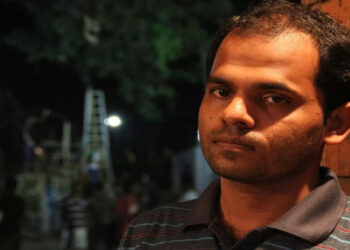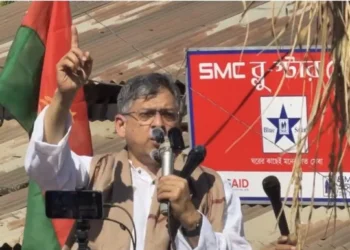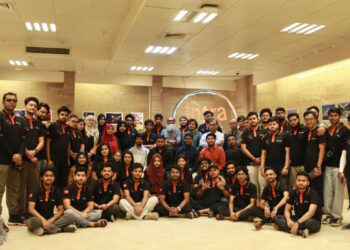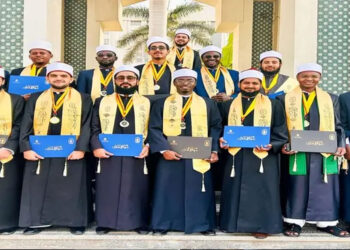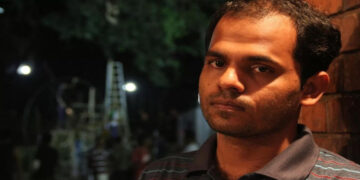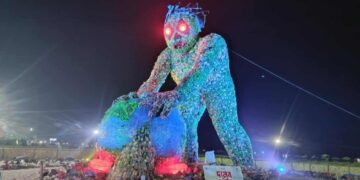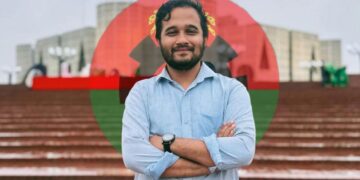In a recent post, Shahriar Ahmed Sadib has reflected on a deep discussion that clearly reveals the inner perception of the country’s intelligence agencies. He said that after August 5, he asked one of his younger brother,
“In your opinion, which day is the most important for Hasina’s downfall?”
His brother didn’t even take a second to answer. The straightforward answer,
“July 18—unprecedented resistance by private universities.”
Government and intelligence strategy a delusion of confidence
According to his post, his brother said, the government and top intelligence circles believed that the movement would stop if they could bring Dhaka University under control. The leadership could be broken by arresting and monitoring top leaders of BNP-Chhatra Dal-Jamaat. There was even a fear of a madrasa-centric movement, which is why the leaders of Hefazat were also visible in the intelligence circle.
In continuation of this strategy, Dhaka University was made vacant on July 17, and it was decided to arrest the coordinators of the movement. It was thought that this would exhaust the strength of the movement. But, the force that emerged from beyond the calculation was the students of private universities.
Read more: Railway efficiently provides Special trains for Jamaat’s rally tomorrow
Where the government had stopped the awakening of private universities
The government thought that private university students did not bother about quotas or government jobs. They were ‘safe’. But this ‘safe’ class created history. These young people stood with their chests in front of the gun. Police bullets, RAB tear gas shells, they did not surrender to anything. As a result, the bloodiest clash between students and law enforcement in the history of Bangladesh took place. About 35 students were martyred.
The government
The government and the intelligence agencies were shocked by an unknown question—who are these people? Where did they come from? Who organized them?
These questions were “outside the syllabus,” to which the government had no answer. The bravery of these students not only turned the tide of the situation—it dispelled the fear of the entire nation. The government panicked, and Sheikh Hasina was forced to impose a curfew.
And the history of Bangladesh says that no government has been able to survive after imposing a curfew.
Involvement of the middle and upper-middle classes
The biggest success of this movement was to involve a class that no one has been able to bring to the streets in the last 17 years—the urban middle and upper-middle classes.
Students of private universities are mainly representatives of this class. They are usually limited to careers and a safe life. But when their children were shot in the chest, they could not remain silent—that was their red line. This class has always sustained the government. That is why the Hasina government turned Dhaka into a cantonment—it never allowed anyone to stand in Dhaka. But after July 18, this class took to the streets, became vocal on social media. As a result, the government’s seat began to shake.
In the words of Sadib’s brother, July 18 was the day of Sheikh Hasina’s fall. August 5 was just her formal announcement.
Last tribute: To the self-sacrificing youth
Sadib writes emotionally—
“Those whom we despise as farm chickens, they stood up for the country’s danger. They gave blood, made people cry, and then silently returned to their study tables. They did not ask for any share of power, did not make any demands. Many prayers remain for these self-sacrificing ‘farm chickens’. They showed the way to freedom.”
The post: https://www.facebook.com/share/p/1CXud23mE3/
Source: Shahriar Ahmed Sadib









